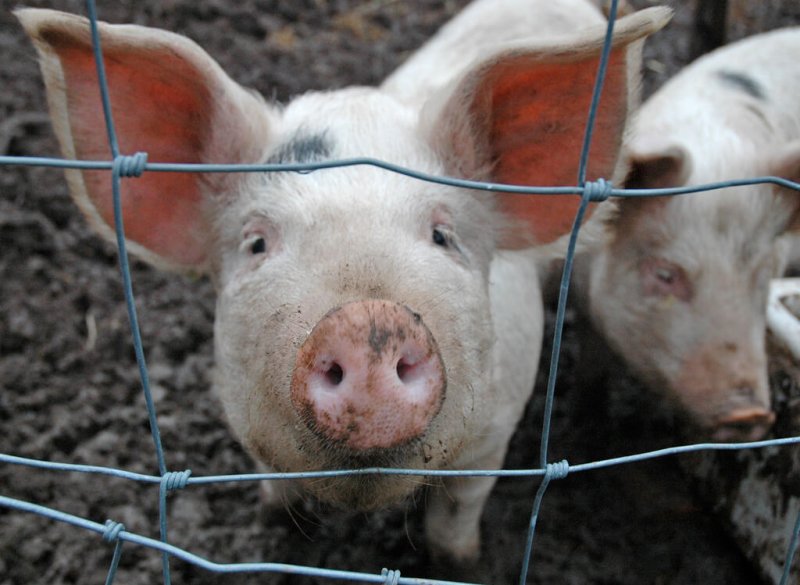Ever since scientists successfully genetically modified a mouse three decades ago, the prospect of genetically modifying food animals has been a distant, yet potential, prospect, says the University of California Davis’s Alison Van Eenennaam, Ph.D., in her article for the American Society of Animal Science’s “Taking Stock” page.
“Animal breeders have been ‘genetically modifying’ animals using traditional breeding techniques for centuries, for example, developing the Chihuahua from its wolf progenitor,” says Van Eenennaam. “Genetic engineering (GE), however, refers to the use of recombinant DNA techniques or biotechnology to intentionally modify the genome of an animal to produce a desired outcome or trait. In the case of animals, this outcome might be an agriculturally related trait like improved disease resistance or a faster rate of growth, or something related to product composition such as pork with elevated levels of omega-3 fatty acids.”
While there are currently no GE animals approved for food, GE plants have been approved and rapidly adopted by farmers for over two decades. Animal agriculture is highly dependent on these crops.
Read the full, original story here: “GM animals: Why do we need them, what is in the pipeline, and what are the risks?”
Additional Resources:
- “The Salmon Dialogue: What’s the future of sustainable, genetically engineered foods?” Genetic Literacy Project
- “Will GE animals bring home the bacon?” Forbes































